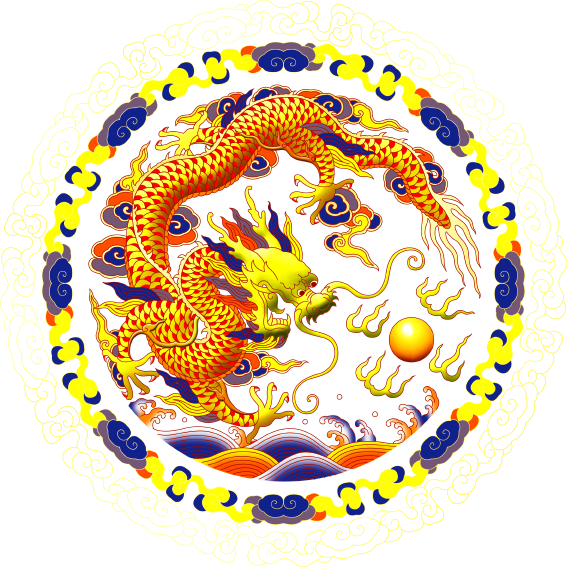HISTORY OF THE TAIJI RULER
Despite the lack of evidence regarding who or when this training tool was invented, the foundational myth surrounding the Taiji ruler is related to one of the possible masters of Zhang San Feng, the mythical immortal named Chen Tuan of Huashan (华山陈抟老祖). The myth tells that this legendary master instructed members of the imperial royalty, the Zhao family (赵家), of the Song Dynasty, and the secret was never spread to the outside world. It was not until after the founding of New China that Mr. Zhao Zhongdao (赵中道老先), the heir of the Taiji Qigong family rule (太极尺气功第一人), revealed the Taiji practice method practiced in his family. Mr. Zhao Zhongdao (赵中道老先) practiced this method and lived for 119 years from 1844 to 1962. Throughout his life, he founded the 太极柔术健身社 (tàijí róu shù jiànshēn shè) “Healthy Bodies Club of Taiji Soft Art” in Beijing.
A SELF-DEVELOPMENT TOOL
The true purpose of the Taiji ruler is to strengthen the grip, wrists, and forearms. But through its practice of movements: wrapping (缠), twisting (拧), turning (圈), and rolling (卷), other parts of the body can be strengthened over time. These four movements are essential in every combat method. So, over time, the Taiji ruler was adopted by other martial arts systems. In Tai Ji Quan practice, the Taiji ruler has a direct connection with silk reeling. Tai Ji Quan practitioners of any style, but especially those of the Chen style of Tai Ji Quan, will find that the Taiji ruler greatly favors the circulation of “silk energy.” Practicing the four basic movements—wrapping (缠), twisting (拧), turning (圈), and rolling (卷)—will create a spiraled energy that will gradually penetrate all parts of the body. This not only accelerates blood circulation throughout the body but also increases the impact on the inner walls of blood vessels, pressing and thus increasing the elasticity of blood vessels, improving blood circulation, accelerating blood supply, and speeding up microcirculatory metabolism.
Practicing the Taiji ruler is only half the exercise. The other half lies in practicing with a partner since the Taiji ruler cannot execute an antagonistic movement. The Taiji ruler is limited to the strength we possess or acquire through practice. But a partner will return a proportional force. Every time we twist, turn, wrap, and roll, they will resist and return the maneuver. Over time, we will acquire enough power in our hands to control the force and movements of our opponents. This will give us more confidence, and in this way, Tai Ji Quan will not only keep us in good health but also protect us from potential threats.
